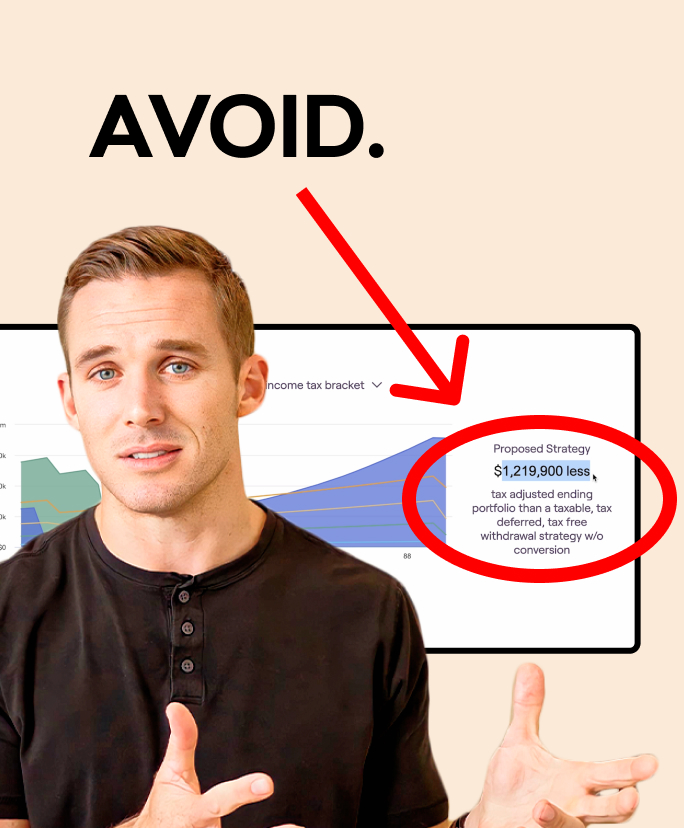Retirement is a time to enjoy the fruits of your labor, but for those who retire before reaching Medicare eligibility, securing affordable health insurance is a critical concern. In this post, we will explore how one couple successfully navigated the health insurance marketplace to secure substantial subsidies, saving them approximately $15,000 annually. We’ll also delve into a common mistake that nearly cost them their entire subsidy, providing valuable insights for anyone in a similar situation.
Finding the Right Health Insurance Plan
When our clients retired before Medicare age, they were faced with the challenge of finding a suitable health insurance plan. After evaluating several options, including COBRA and private insurance, we determined that a plan from the marketplace was the most beneficial.
Using an online tool from the Kaiser Family Foundation (kff.org), we estimated the subsidies they might qualify for. Here’s the step-by-step process we followed:
- State and Zip Code: We entered their state and zip code to get localized data.
- Projected Income: This is crucial—it involves their modified adjusted gross income (MAGI), which we’ll discuss in more detail later.
- Household Information: We entered details about their household, including the number of people and their ages.
The tool projected a subsidy of $1,252 per month, totaling $15,000 per year. This significant saving was a welcome relief for our clients, providing them with affordable health insurance coverage until they become eligible for Medicare.
Understanding Subsidies and Income Calculations
Subsidies, or premium tax credits, are determined based on your MAGI. For our clients, their projected MAGI included several income sources:
- Salary: $20,000 from paid time off (PTO) carried over into the new year.
- Interest Income: $8,000 from interest-bearing accounts.
- Non-Qualified Dividends: $3,000 from their brokerage accounts.
- IRA Withdrawals: $20,000 based on their withdrawal strategy.
This totaled a MAGI of $51,000. With the standard deduction for married couples filing jointly at $29,200, their taxable income was low enough to keep them in the 10% tax bracket and the 0% long-term capital gains bracket.
The Pitfall of Capital Gain Harvesting
Our clients were aware of the benefits of capital gain harvesting. By realizing gains on appreciated assets while their income was low, they could avoid federal long-term capital gains taxes. They considered realizing $65,000 in long-term capital gains, which seemed advantageous given their low taxable income.
However, a critical difference exists between how taxable income for capital gains and income for health insurance subsidies are calculated. While their taxable income for federal capital gains taxes remained low, their MAGI, used to calculate health insurance subsidies, would increase significantly.
The Impact of Increased MAGI on Subsidies
Let’s break this down:
- Initial MAGI: $51,000
- Realized Long-Term Capital Gains: $65,000
- New MAGI: $116,000
Even though they wouldn’t pay federal taxes on the long-term gains, their increased MAGI would drastically reduce their health insurance subsidy. Using the calculator again, we found that their subsidy would drop by over $6,000 per year, offsetting much of the financial benefit from the capital gains.
Strategic Planning to Maximize Benefits
To avoid losing subsidies, it’s essential to:
- Monitor Your MAGI: Keep your MAGI within limits that qualify for the maximum subsidy.
- Balance Income Sources: Be cautious about realizing gains or other income that might push your MAGI too high.
- Consult Professionals: Work with financial advisors and tax professionals to strategize effectively.
Key Takeaways
- Subsidies Depend on MAGI: Your health insurance subsidy is based on your MAGI, not just taxable income.
- Capital Gains Impact Subsidies: Realizing significant capital gains can increase your MAGI and reduce your subsidy.
- Plan Holistically: Consider both tax implications and subsidy eligibility when making financial decisions.
Navigating health insurance subsidies in retirement requires careful planning and a clear understanding of how different income sources affect your MAGI. By working closely with financial and tax professionals, you can maximize your benefits and avoid costly mistakes. Remember, each financial decision has a ripple effect, and a well-thought-out strategy can save you thousands annually, ensuring a more secure and enjoyable retirement.


